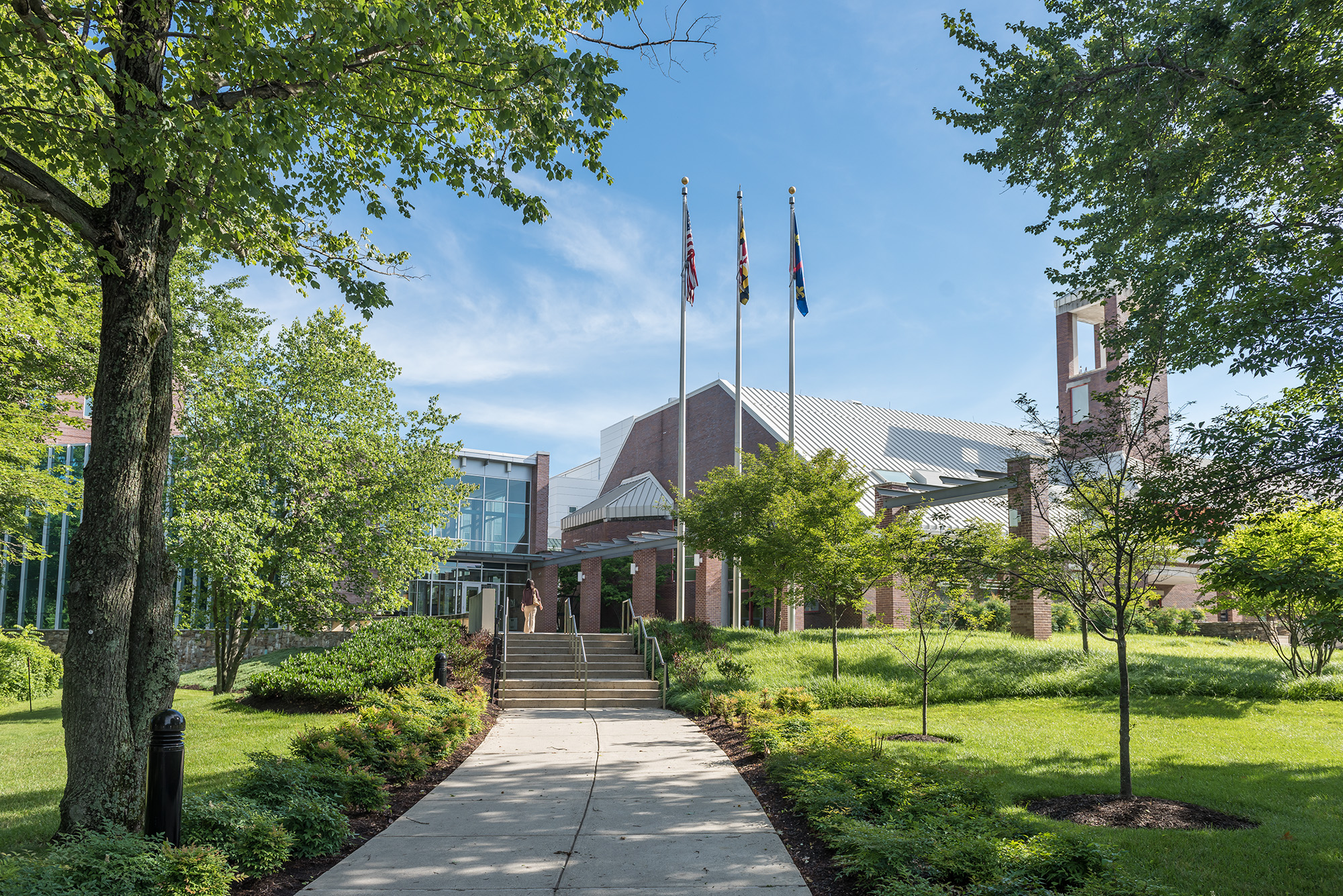Profile

Suruchi Singh
Biography
Suruchi Singh is a Postdoctoral Research Associate at the Insititute of Bioscience and Biotechnology Research (IBBR). In her research at IBBR, she focuses on the structural and glycan changes SARS CoV2 spike protein undergoes during its trafficking from Endoplasmic Reticulum to Golgi and further to the plasma membrane. This involves capturing spike protein at different stages of its trafficking cycle and characterizing the structure and glycan pattern of those intermediate states. This research will illuminate and fine-tune the concepts of antigens designs used as vaccine targets. Before joining IBBR, she was a Postdoctoral Research Fellow at Fred Hutchinson Cancer Research Center, Seattle. During her research career at Fred Hutchinson, her study focuses identification of molecular-level features of neutralizing antibodies against different antigenic epitopes. The ultimate aim of studying the neutralizing antibodies was to understand the immune response generated by various antigenic epitopes which can further help to design better vaccines against HIV, Malaria, HPIV, and HPV. To conduct her research, she explored X-ray crystallography, nsEM, Biolayer interferometry, and Single particle Cryo-EM techniques.
During her Ph.D. career, she studied and characterized a hypothetical transcriptional regulator (Rv1828) from Mycobacterium tuberculosis (Mtb), a causative agent of tuberculosis, which has a high mortality rate in India. According to the literature, Rv1828 is essential for Mtb's survival; therefore, it was worthwhile to characterize its structure and function to develop novel drug targets against Mtb. She characterized its structure using X-ray Crystallography, which resolved a fatty acid bound to its ligand-binding site. This finding helped to understand the role of the Rv1828 transcriptional regulator in fatty acid metabolism.
Publications
- Structurally related but genetically unrelated antibody lineages converge on an immunodominant HIV-1 Env neutralizing determinant following trimer immunization.
- The Structural Biology of Eastern Equine Encephalitis Virus, an Emerging Viral Threat.
- Structurally disordered C-terminal residues of GTP cyclohydrolase II are essential for its enzymatic activity.
- Protective antibodies against human parainfluenza virus type 3 infection.
- Multimeric antibodies from antigen-specific human IgM+ memory B cells restrict Plasmodium parasites.
